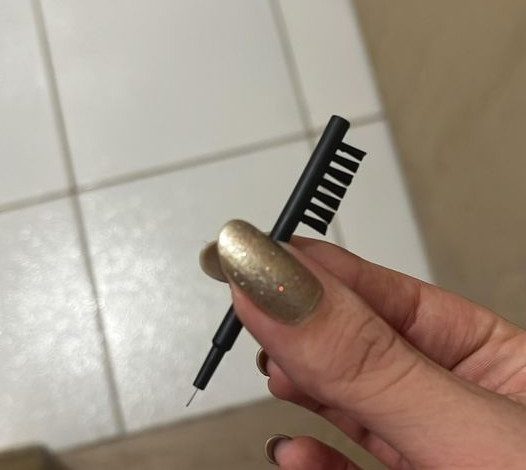What’s really interesting is that no one has a definitive answer.

ADVERTISEMENT
What’s really interesting is that no one has a definitive answer.
Tracing Evolution: Examining History
The journey of wire and magnet hearing aid corruption began in the early 20th century. For this reason, wire and magnet coils have emerged as an important hearing aid.
Purpose and design: Increase performance
Primarily for cable and magnet recorder, cleaning and storing the recorder. Thanks to its soft bristles, it effectively removes dirt and wax formation on tool surfaces and hard surfaces. Additionally, the harness allows for careful cleaning of hard-to-reach areas, ensuring the hearing aid works well and lasts a long time.
ADVERTISEMENT
Additionally, the magnetic components serve as an easy means of removing and replacing hearing aid batteries, which is especially helpful for users facing fraud issues.
Ease of use, profound effects: application guide
The use of a wired and magnetic hearing aid is intuitive. Users gently wipe the hearing aid to remove visible wax and earwax buildup. The cable then comes into play, clearing the microphone, audio-out ports, and other hard-to-reach channels that tend to build up. Finally, the magnet simplifies the use of the battery, allowing it to be removed and installed, making maintenance easier. . Thanks to its durable design, it has gained a permanent place in the books of audiologists and people dealing with hearing loss.
Legacy of innovation: the result
Washing hearing aid cables and magnets is more than just a cleaning agent: it represents a legacy of innovation and value in audiology. From its humble beginnings to its enduring importance in today’s hearing care, this valuable resource supports an ongoing commitment to improving the quality of life for people with hearing loss.
ADVERTISEMENT




